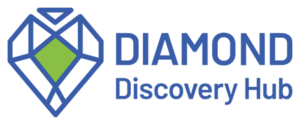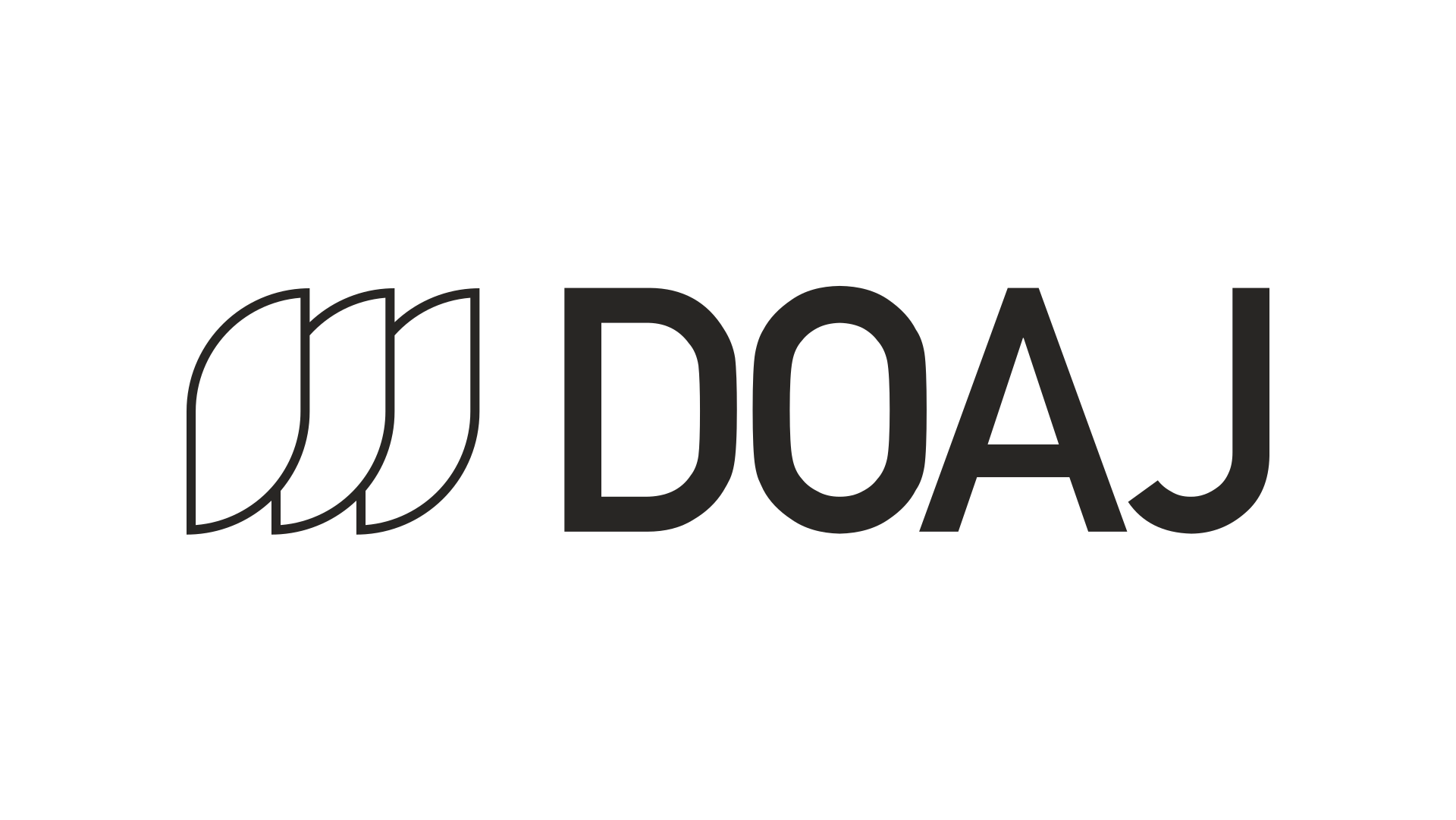DOAJ is a partner in the European project CRAFT-OA, which aims to make the European Diamond Open Access landscape more resilient by centralising expertise and collaboration, and by offering greater visibility to Diamond Open Access (OA) journals through the Diamond Discovery Hub. DOAJ has been indexing Diamond journals since its launch in 2003. This blog post explains the differences between the two services and how they will work together to support the community.
In October 2022, DOAJ announced its partnership in the CRAFT-OA project, funded by the European Union, along with 22 other European partners covering 14 countries. CRAFT-OA aims to evolve and strengthen the Diamond OA institutional publishing landscape by developing technological support and infrastructure. Coordinated by University of Göttingen, Germany, the project started in January 2023 and ends in December of this year.
A key output of the project is the Diamond Discovery Hub (DDH). The DDH is a service that verifies the Diamond OA status of journals and makes that list of journals available to the public. The DDH will help bring together the currently diverse and disconnected landscape of European Diamond OA journals, giving them greater visibility. It’s worth noting at this point that it is not the intention of the DDH to act as a monitoring tool for the progress of Diamond open access publishing. The DDH will only list Diamond journals that are registered in it by trusted sources. The DDH will transition into a service of the new European Diamond Capacity Hub (EDCH), with DOAJ as the product owner.

Although DOAJ and DDH are both committed to equitable open access, and there will be an overlap in some metadata, the two services perform distinctive roles and provide value to the community in different ways. This blog post aims to help the community understand the value of both.
To summarise, DOAJ is a broad, global index with an independent validation process for journals of all open access business models, while the DDH is based on a partnership model with Diamond OA content providers and focuses primarily on journals within Europe.
Let’s take a look at them one at a time:
DOAJ:
- Global scope DOAJ is a worldwide index of high-quality, peer-reviewed, open access journals. It aims to be comprehensive, covering all disciplines and regions.
- Quality focus DOAJ emphasises quality by applying strict criteria for inclusion, criteria which have become a gold standard for open access journals. For example, journals have to be transparent about ownership, charges, peer review policies, and endogeny.
- Broad indexing DOAJ serves as a discovery service, enabling users to find trustworthy open access journals. It collaborates with discovery and aggregator services worldwide to ensure journal and article metadata are distributed.
Diamond Discovery Hub:
- European scope The DDH is a registry of Diamond OA journals primarily covering all disciplines within Europe
- Diamond focus The DDH only lists Diamond OA journals. These journals meet community-developed criteria, which include no charges to read or publish and community ownership.
- Part of a larger initiative The DDH is part of a more extensive set of services the EDCH delivers, which aims to strengthen the Diamond OA publishing landscape. It will be managed by the EDCH’s Tools and Technologies Task Force.
In essence, DOAJ provides a wide-ranging directory with metadata services, while the DDH is more targeted, supporting the specific needs of Diamond OA publishing.
| Feature | DDH (Diamond Discovery Hub) | DOAJ (Directory of Open Access Journals) |
| Definition of Diamond | Defined by Six different criteria | Not defined |
| Scope | European Diamond OA journals | Global OA journals |
| Index Type | Journals only | Journals + articles |
| Author Fees (APCs) | No fees allowed | Includes fee-based and fee-free journals |
| Governance | European Diamond Capacity Hub | DOAJ Foundation (Denmark) |
| Community Ownership | ✅ Required | ❌ Not explicitly checked |
| Comprehensive quality review | ❌ Not explicitly checked | ✅ Required |
| Editorial Transparency | ✅ Required | ✅ Required |
| Application Process | Through DDH partners that apply at the EDCH registry to become Trusted Sources | Online application & review |
Table 1 shows the touchpoints where the two services meet and how they complement each other to benefit the Diamond OA publishing community
The DDH used DOAJ’s metadata on European Diamond OA journals as its starting point, and both services have collaborated to ensure that their metadata is up-to-date and accurate for these journals. The DDH will be supplemented with metadata from its network of trusted partners. If a Diamond journal is indexed in DOAJ, it doesn’t automatically appear in the DDH. It must be verified and submitted by its institutional publisher.
DOAJ and EDCH are committed to working together on the future development of DOAJ and DDH, for example, through DOAJ’s participation in the EDCH’s Tools and Technologies Task Force, sharing information on criteria changes, exchanging metadata, and providing support for journals in the DDH to achieve the quality standards necessary for DOAJ indexing.
If you’d like more information about the DDH and would like to get involved, you can join the EDCH Community, participate in the EDCH Forum, or sign up for the CRAFT-OA Newsletter.
For more information on DOAJ, subscribe to the blog.
Both entities are also on social media:
